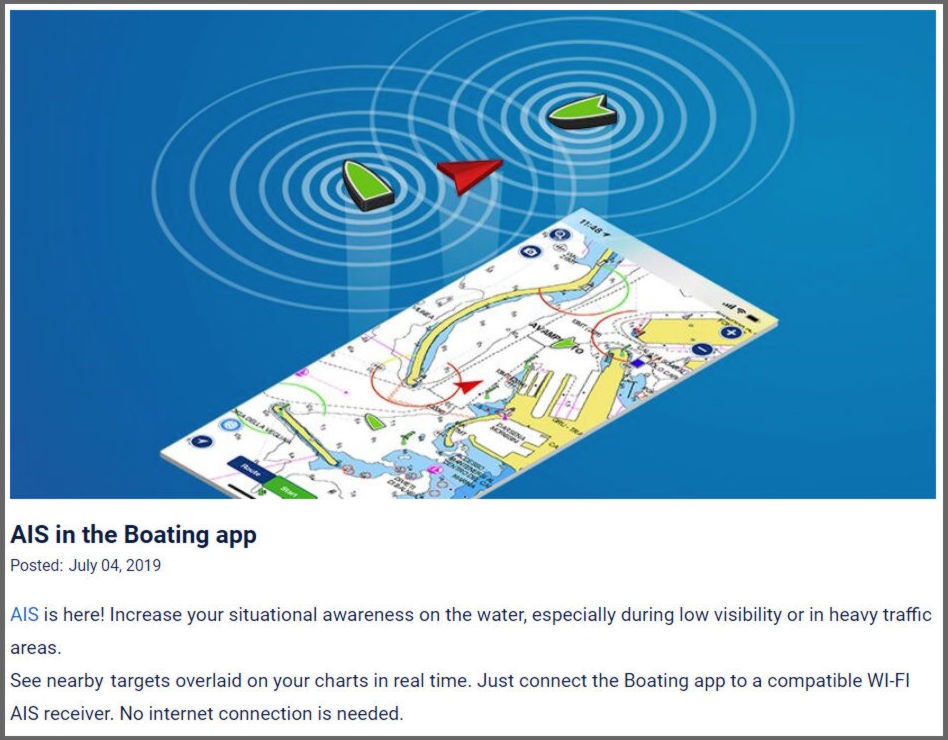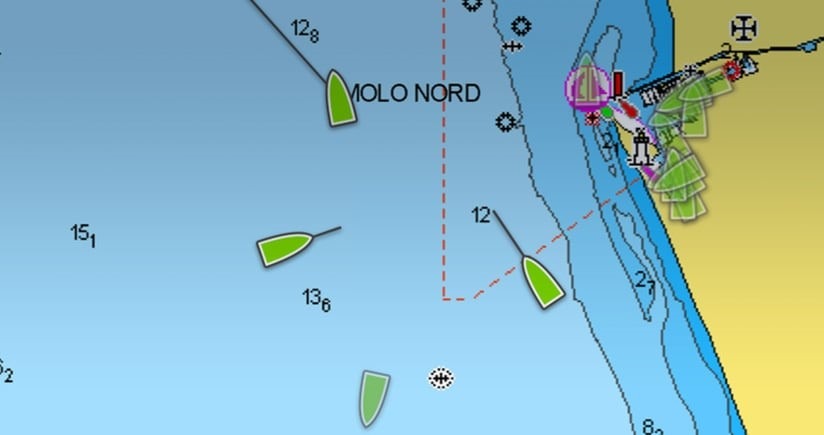Charging sockets
Port side bulkhead. One USB socket (for phones) and a lighter plug with high-power USB charger for the iPads (a tablet takes a long time to charge from the low-power USB socket, my only complaint about the Blue Sea outlets - I wish their USB outlet supported 2A+ charging).

Starboard-side cockpit pocket: Also a 12v outlet, usually with a high-current USB charger. For iPads when used in the cockpit, etc.

Starboard v-berth: USB socket for phone or Kindle. That's my sleeping spot, so now I have some reading material handy when I wake up earlier than the kids. This one went in a cheap plastic electronics enclosure, as there wasn't a convenient bit of liner in which to drill a hole and hide the wiring.

Aft dinette locker: Our handheld spotlight and dustbuster live down here; now we can keep them fully charged at all times. Another enclosure; I tried to stick this one on with double-sided tape, but that came off last season; I'll have to go back and do a better mounting job. I'll probably tap threads into a bit of FRP or G10, mount that plate with epoxy, and then screw the enclosure to it.

Starboard side bulkhead: One lighter plug with a 4-outlet high-power USB charger (the kids walkie talkies, kindles, etc.). Unfortunately, our new Standard Horizon HX890's charger isn't USB, which would have made everything simple. I didn't find a convenient location for another 12v outlet, so I'm going to hard-wire the charger to the starboard-side cabin power bus (with a 2A inline fuse, as the charger cord is 20 AWG, much too small for the cabin power breaker).

I used Blue Sea outlets for all of them. I could have saved a little with off-brand outlets, but that seems like a false economy. I might add another USB charger in the port side of the V-berth, or in the port cockpit pocket. But 6 is enough for this season.
Cost: ~$150 (including a little wire and a few multiport USB chargers from Amazon)
Time: ~4 hours
Port side bulkhead. One USB socket (for phones) and a lighter plug with high-power USB charger for the iPads (a tablet takes a long time to charge from the low-power USB socket, my only complaint about the Blue Sea outlets - I wish their USB outlet supported 2A+ charging).

Starboard-side cockpit pocket: Also a 12v outlet, usually with a high-current USB charger. For iPads when used in the cockpit, etc.

Starboard v-berth: USB socket for phone or Kindle. That's my sleeping spot, so now I have some reading material handy when I wake up earlier than the kids. This one went in a cheap plastic electronics enclosure, as there wasn't a convenient bit of liner in which to drill a hole and hide the wiring.

Aft dinette locker: Our handheld spotlight and dustbuster live down here; now we can keep them fully charged at all times. Another enclosure; I tried to stick this one on with double-sided tape, but that came off last season; I'll have to go back and do a better mounting job. I'll probably tap threads into a bit of FRP or G10, mount that plate with epoxy, and then screw the enclosure to it.

Starboard side bulkhead: One lighter plug with a 4-outlet high-power USB charger (the kids walkie talkies, kindles, etc.). Unfortunately, our new Standard Horizon HX890's charger isn't USB, which would have made everything simple. I didn't find a convenient location for another 12v outlet, so I'm going to hard-wire the charger to the starboard-side cabin power bus (with a 2A inline fuse, as the charger cord is 20 AWG, much too small for the cabin power breaker).

I used Blue Sea outlets for all of them. I could have saved a little with off-brand outlets, but that seems like a false economy. I might add another USB charger in the port side of the V-berth, or in the port cockpit pocket. But 6 is enough for this season.
Cost: ~$150 (including a little wire and a few multiport USB chargers from Amazon)
Time: ~4 hours














































